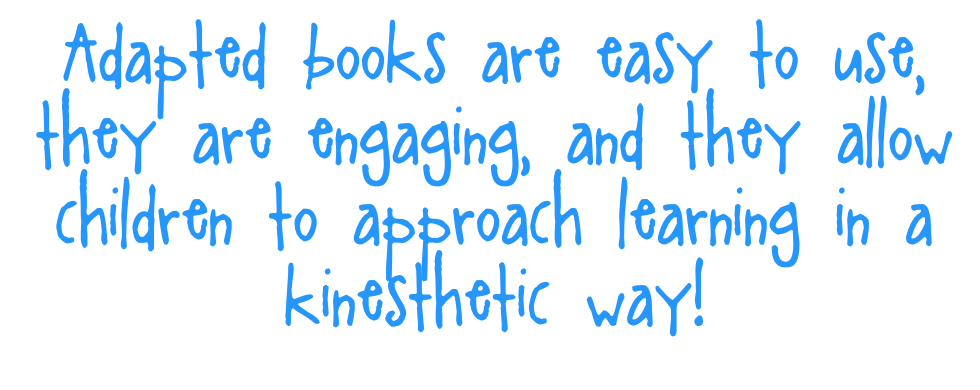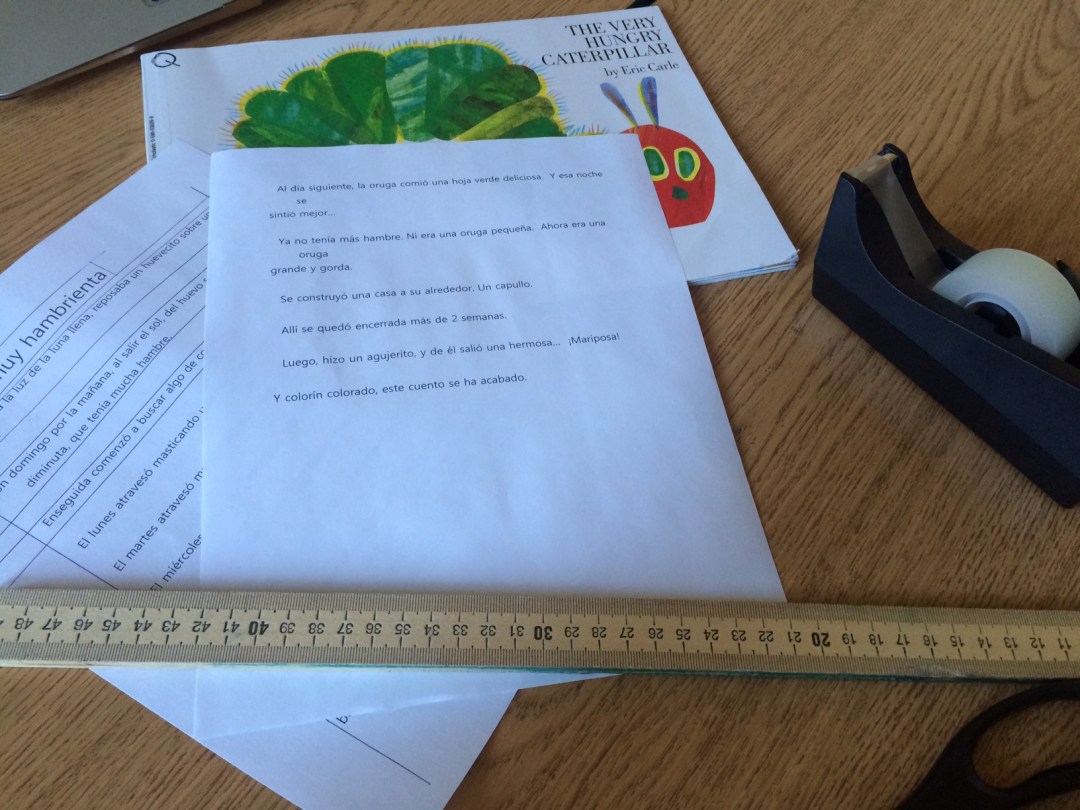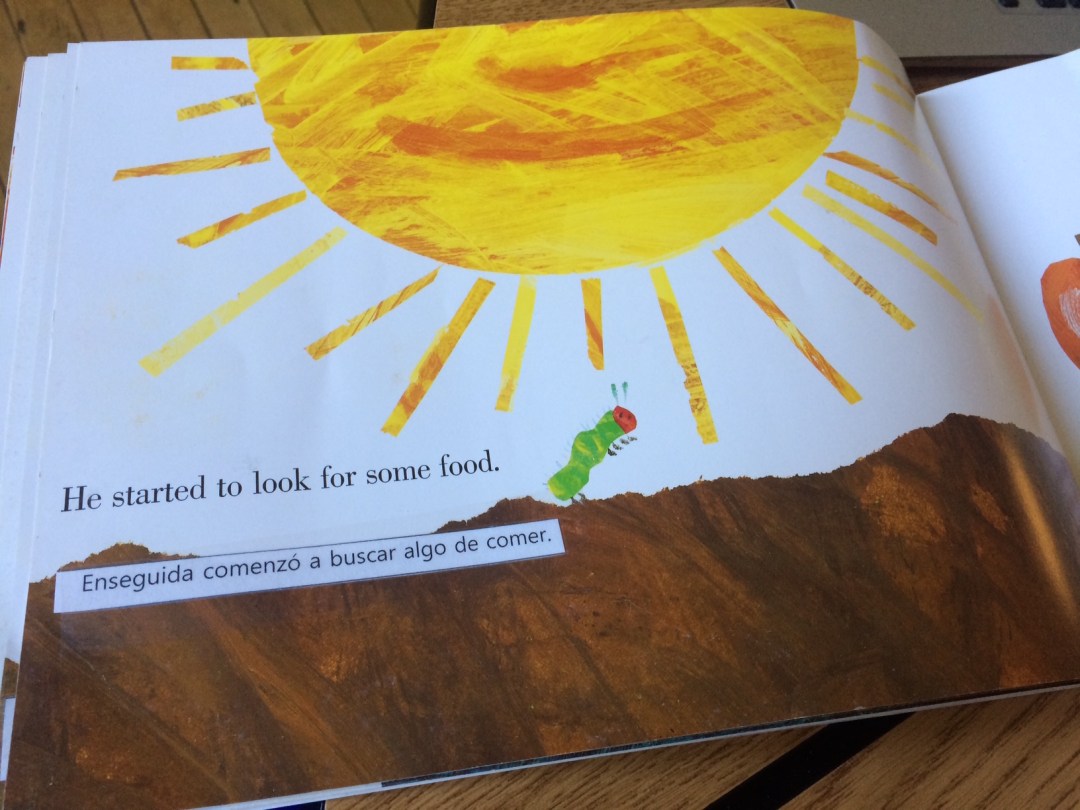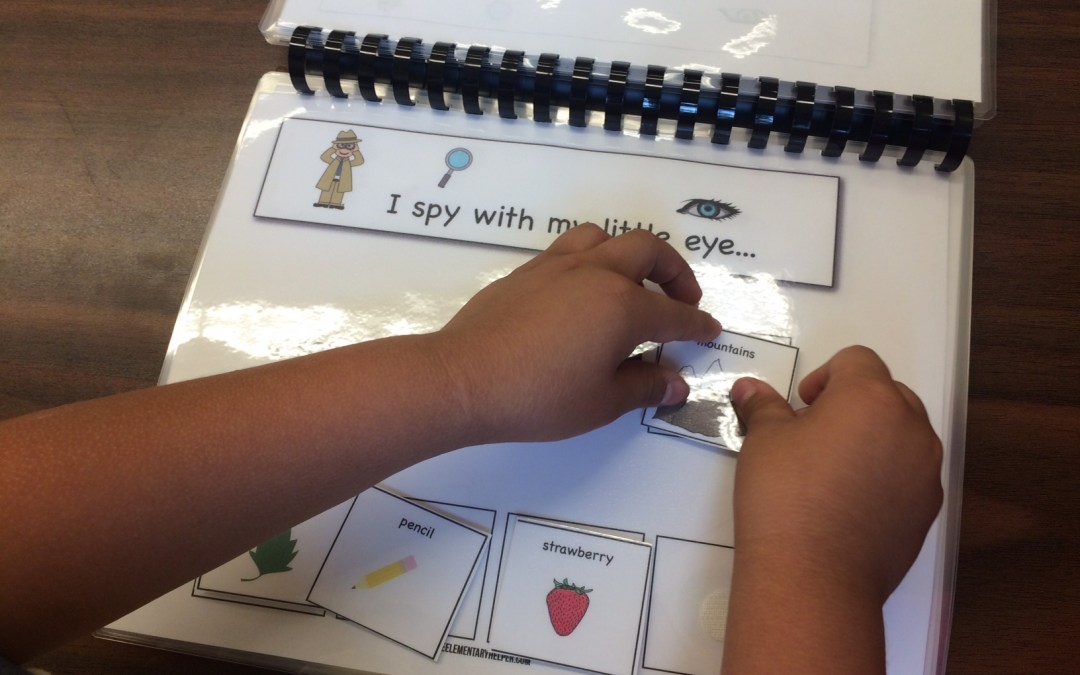The most difficult and time consuming task in our profession has got to be differentiation. It is a component of everything we do; teacher performance, student assessments, and student achievement. Sometimes is can be difficult and overwhelming to differentiate because, by nature, students are at different levels. How can differentiation become easier you ask? The answer- adapted books!

An adapted book is a book that has been written with a specific goal(s) in mind that will meet a specific need (or needs) of a student or a group of students.
Adapted books have regularly been used in special education classrooms, bilingual/ESL classrooms, in home-schooling, and by clinicians during therapy sessions. Adapted books are used in all settings because they work! It is truly the one thing that can be used along all grade levels and in all settings.

This is why the rest of us in general education need to get on board with adapted books. If you’ve been using them, virtual high five to you! If this is something new to you read on because adapted books are the easiest way to differentiate student work. And I, for one, am all about a resource that will make my planning easier, and my students’ learning deeper.

Though there can by many types of book adaptations I will focus on three different types; academic adapted books (written using standards), language adapted books (used in BIL and ESL classrooms), and the ‘create-your-own-adventure” adapted books.


Academic adapted books can be written in two ways. The first type of academic book tends to focus on what we would consider the more traditional academic subjects (literature, math, social studies, and science). The second type of academic adapted book will focus on social emotional competencies. All academic adaptive books are written using the CCSS, your state standards, or pre-k curriculum objectives.
Academically focused adapted books focus on two or three specific standards. However, the great thing about adapted books is that they give students practice on many different standards at once. Who doesn’t love that? The image above shows a sample ‘Teacher Page’ for an adapted book we created using both CCSS and the Teaching Strategies objectives and as you can see students work on more than one standard/objective at a time.

Adapted books used in BIL or ESL classes are normally written like academic adapted books – (using CCSS or other standards) in students’ native language (and the WIDA consortium language standards). Often, these books are a direct translation of text. If you’re lucky enough to have books in different languages, you have already been using adapted texts. Go you!
Unfortunately, my guess is that you do not have nearly enough books in the languages you need and so you will need to adapt your own books. In my pictures below you see that I translated The Very Hungry Caterpillar into Spanish. You can translate any book into any language you teach. Translate, print, tape, read! It’s that easy. To double check my work I usually use google translate to make sure the story/sentences make sense before printing.



The third option you have to adapt books is the “create your own” adapted book. In my classroom I have created social stories to help students with specific needs (school transitions, life transitions-new baby, moving, etc.), and even to introduce new students to the school. These social stories can also be written/read for a whole group with books detailing expected behavior during carpet time, getting in line, etc.
I hope that my post has inspired you to use adapted books in your classroom. If you’re skeptical just remember that adapted books will make your planning, and small group instruction, much easier in a kinesthetic, child-centered way. Adapted books are easy to use and help make students responsible for their own leaning. It’s so much easier to get a student engaged in learning when there is a ‘game’ to be played and not just sitting through a story.
Here at The Elementary Helper we love adapted books because they are the best way to differentiate work while keeping our students engaged! We use adapted books all year in their different forms (seasonal, language arts, math, science, social science, SEL etc.) If you are interested in seeing our collection of adapted books please visit our store and watch the learning boom.
Do you have questions about adapted books? Have an idea for a great adapted book? Let us know below!
Latest posts by Cinthya Quintana (see all)
- Winter Break To Dos - December 27, 2016
- Charades for Vocabulary Building - December 12, 2016
- Higher Order Thinking in the Pre-K Classroom - November 29, 2016





